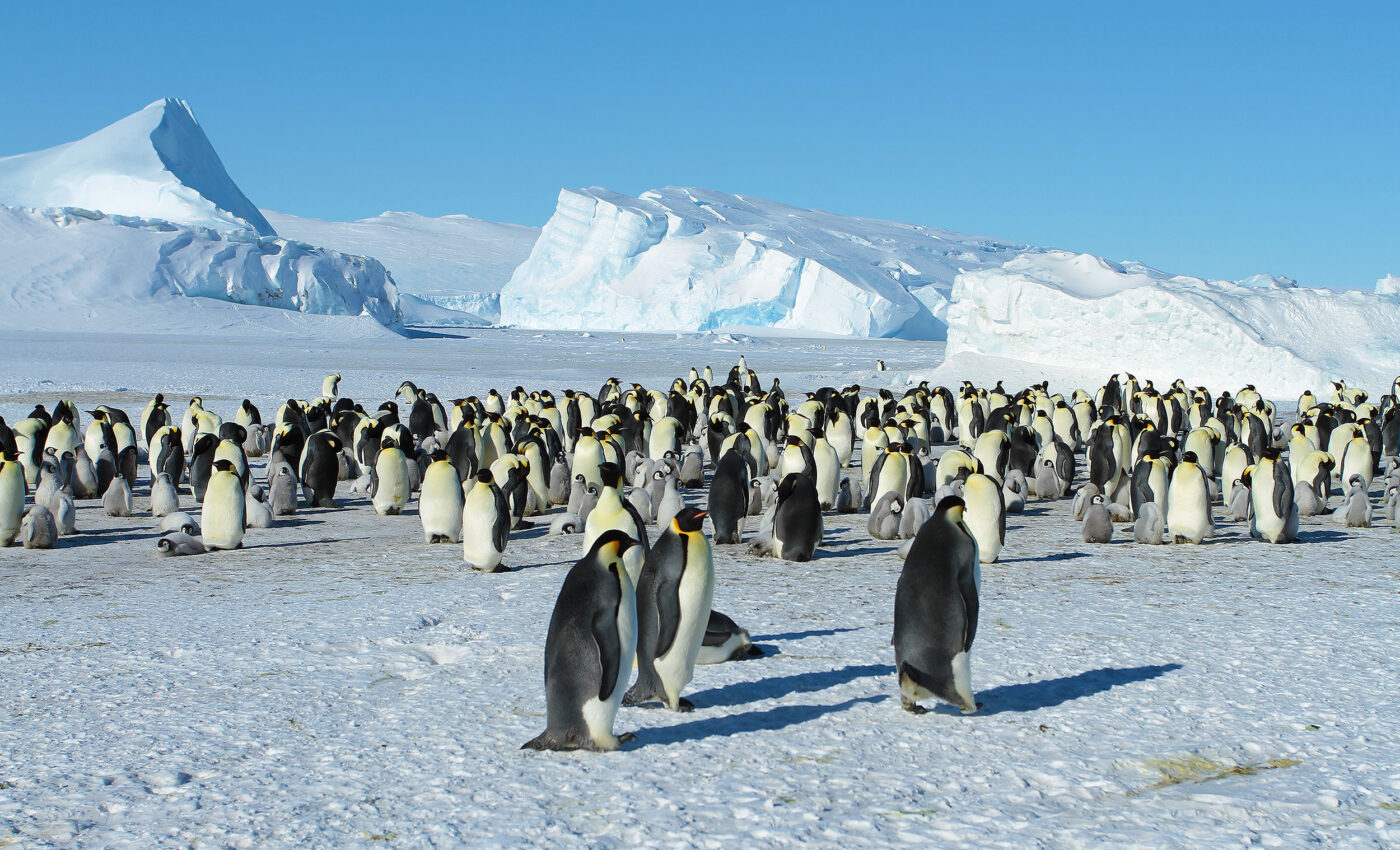
Ancient river landscape lies beneath the East Antarctic Ice Sheet
Researchers led by Durham University have uncovered a vast and ancient landscape hidden beneath the East Antarctic Ice Sheet.
This remarkable finding, which reveals valleys and ridges formed by rivers millions of years ago, not only sheds light on the mysterious sub-ice terrain but also has significant implications for understanding the ice sheet’s response to climate change.
Beneath the East Antarctic ice
Utilizing advanced technologies, the research team harnessed satellite data and radio-echo sounding techniques to map an extensive 32,000 km2 area beneath the ice sheet. Their findings uncovered a landscape that bears striking similarities to the glacially modified terrains seen in regions like North Wales, UK, but with a history that predates the inception of the East Antarctic ice.
This ancient terrain, believed to have been shaped by river systems at least 14 million years ago, could even precede the initial growth of the East Antarctic ice, estimated to have begun around 34 million years ago. The revelation of such old geographical features under the ice has captivated scientists and highlighted the necessity of exploring these hidden realms to comprehend Antarctica’s past, present, and future.
A window into the past
The existence of such a well-preserved subglacial landscape implies a notable long-term temperature stability within the region. The intricacies of this terrain play a significant role in dictating the ice flow and the ice sheet’s overall resilience amidst climatic shifts.
Lead author, Professor Stewart Jamieson, from Durham University’s Department of Geography, drew an astonishing comparison. He stated, “The land underneath the East Antarctic Ice Sheet is less well known than the surface of Mars.”
Jamieson emphasized the urgency in understanding this hidden landscape, as it significantly influences how the ice might respond to climate variations. The study marks a critical step forward in polar science. By offering insights into the ice sheet’s ancient history, it helps scientists prepare for, and react to, global warming scenarios.
Insights from a concealed world
According to Professor Neil Ross, co-author of the study from Newcastle University, the discovery is remarkable in its implications for understanding the ice sheet’s long-term history and potential future changes. The project, which he describes as having been a “slow burn,” has ultimately led to an exciting publication that significantly contributes to the field of polar science.
Beyond its immediate findings, the study is part of a broader research initiative. The team has previously identified hidden mountain ranges, canyons, and subglacial lakes in Antarctica. These new findings will help them piece together the entire complex world existing beneath the icy façade.
Seeing through the East Antarctic ice
The investigation into this concealed world was not solely reliant on direct observation. Researchers employed satellite imagery capturing subtle undulations on the ice sheet’s surface, which offered clues about the landscape below.
Additionally, radio-echo sounding technology enabled them to see through the ice and map the subglacial geography. This confirmed the ancient landscape’s existence in several locations.
Their findings suggest the potential for other undiscovered landscapes within the East Antarctic Ice Sheet, waiting to be revealed through further research.
Continuing the subglacial exploration
Eager to build on their discoveries, the research team, supported by organizations such as the UK Research and Innovation’s Natural Environment Research Council (NERC), the US National Science Foundation (NSF), and NASA, plans ongoing exploration of this subglacial world.
Professor Jamieson expressed the team’s commitment to this challenging endeavor. He acknowledged the need to explore unsurveyed regions in order to comprehend the extensive history of the ice sheet and its underlying landscape.
In summary, this research illuminates a realm hidden from human eyes, challenging assumptions about the Antarctic region’s geological history and climate patterns.
By revealing a landscape preserved for millions of years, the scientists underscore the importance of these subglacial explorations in predicting Antarctica’s response to contemporary and future environmental challenges. The journey beneath the ice, it seems, is just beginning.
The full study was published in the journal Nature Communications.
—
Like what you read? Subscribe to our newsletter for engaging articles, exclusive content, and the latest updates.
—
Check us out on EarthSnap, a free app brought to you by Eric Ralls and Earth.com.













